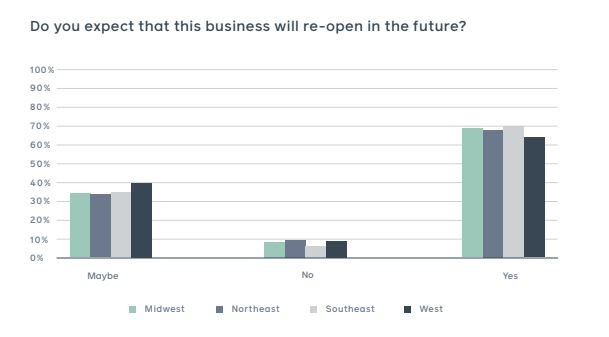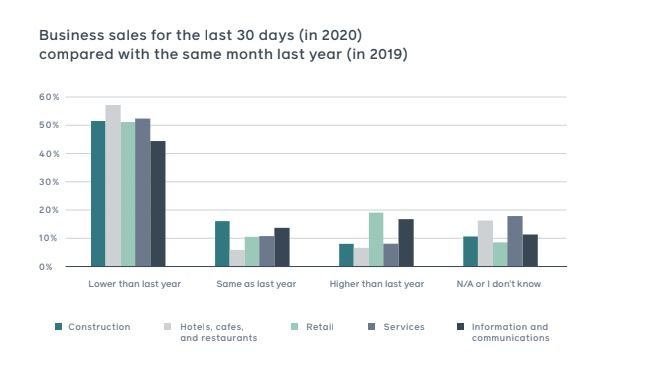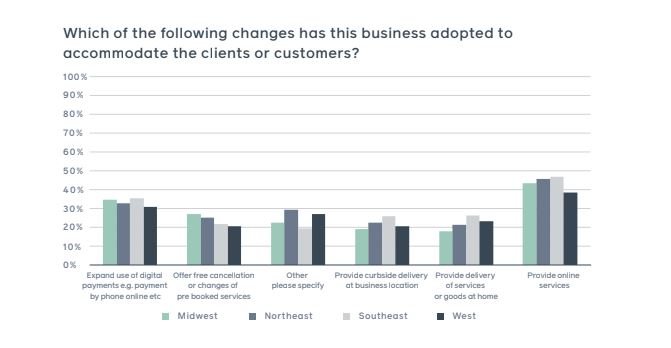The Right Social Media Image Sizes In 2020
With the world searching more and more online during the COVID-19 crisis, it’s important your brand and social image is professional and polished. Using images which aren’t the correct size for each platform’s requirements can impact your brand perception. Low quality and pixelated visuals make you look unprofessional or not up to date. Are you not sure if you’re using the correct image sizes? Use our image size guide to see the key image requirements for all the major social platforms.
- Your profile photo is representative of your brand. We recommend that is a consistent logo among all of your social media accounts. This image must be 180 x 180 pixels.
- Cover photos are the banner behind your profile picture, and this should also be consistent across social platforms that allow for an image in this location. Cover photos should be 820 x 312 pixels, if it’s anything smaller than this your image will be stretched and distorted.
- Images that are shared in a post, for example a blog post news update, have a recommended size of 1,200 x 630 pixels.
- Twitter profile pictures have a recommended size of a 400 x 400 pixel square. Keep in mind that the actual Twitter profile picture appears as a circle, so we advise you to have the proper spacing around your logo so nothing is cut off.
- Twitter also has a cover photo, which should be about 1500 x 1500 pixels for an image size. Pick an image that compliments your profile picture and make sure it is consistent across all platforms as well.
- Photos in tweets, when expanded, appear at a maximum of 1024 x 512 pixels and a minimum of 440 x 220 pixels. Keep in mind that on mobile, the app collapses photos which could make for an awkward crop situation. Make sure your content is always centered horizontally to avoid odd cropping.
- Instagram profile pictures are small but powerful. These show any time you have a new story, in direct messages, and of course at the top of your profile page. The image size is recommended to be 110 x 110 pixels.
- Your thumbnails for photos, or often referred to as your photo grid, will appear as 161 x 161 pixels. If you’re going for a certain aesthetic, the thumbnail size is an important one to keep in mind. Individual image uploads can be square or rectangular. Square photos image size is 1080 x 1080 pixels and rectangular images should use a 4:5 ratio.
- Instagram stories are a must for your brand to remain relevant on the platform and also where you will have the most visibility. The recommended resolution for stories is 1080 x 1920 pixels or an aspect ratio of 9:16.
YouTube
- Your profile image for YouTube should be the same consistent branding as your other social channels as mentioned above. The image size for YouTube profile picture is 800 x 800 pixels.
- Attractive and engaging thumbnail images are crucial to success of your videos. For YouTube, make sure your thumbnail image size is 1,2080 x 720 pixels.
- YouTube also allows for a cover image photo in addition to your profile image. The recommended image size here is 2,560 x 1,440 pixels.
- On the Pinterest homepage, profile picture image sizes are 165 x 165 pixels.
- It is recommended to use an image aspect ratio of 2:3 for pins.
- Pins that are on the homepage or in a board will appear at 236 pixels wide. Once a pin is expanded, it has a minimum width of 600 pixels and the height of the image will scale proportionally.
- Your company logo is very important when it comes to the identification of your brand, of course. Make sure it’s visible with the image size of 300 x 300 pixels.
- The company background image is similar to the cover photos on other platforms, where it takes up the entire top portion of your page. The recommended image size for your LinkedIn background image is 1,536 x 768 pixels.
- Images in your content posts have a recommended size of 1,200 x 630 pixels. Keep in mind that LinkedIn is a professional social network platform with a large focus on building relationships with industry leaders. Make sure your posts are appropriate for this kind of audience and focus less on driving sales or website traffic.
*Data from Social Media Today
More From Onimod Global
Onimod Global releases the latest digital marketing news and essential marketing tips every Tuesday and Thursday! To catch up on the top digital marketing news and trends, click here. To find out more about who we are and what we do, click here.





